Thermal insulation performance of PIR sandwich panels at different thicknesses
The thermal insulation performance of PIR sandwich panels is significantly affected by their thickness. PIR (polyisocyanurate) sandwich panels are widely used in building insulation due to their excellent thermal conductivity and structural properties. Its thermal conductivity is generally between 0.020-0.023 W/m·K. As the thickness of the board increases, the thermal insulation performance will improve, mainly reflected in the following aspects:
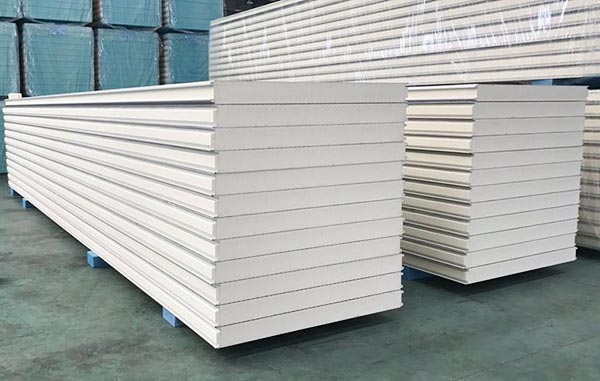
Effect of thickness on thermal insulation performance
1. Increase in thermal resistance
Thermal resistance (R value): Thermal resistance value is a measure of the material’s ability to prevent heat conduction. The higher the R value, the better the thermal insulation performance. The formula for calculating the R value is:
𝑅=Thickness (𝑚) /Thermal conductivity (𝑊/𝑚⋅𝐾)
Effect of thickness on R-value:
- For example, the R value of a 30mm thick PIR board is approximately 1.3-1.5 m²·K/W;
- The R value of a 50mm thick PIR board can reach 2.2-2.5 m²·K/W;
- For a 100mm thick PIR board, the R value can be increased to 4.4-5.0 m²·K/W.
2. Reduction of temperature gradient
As the thickness increases, PIR sandwich panel can more effectively reduce the temperature difference between inside and outside and reduce the temperature gradient. This means that in winter, indoor temperatures can be kept higher and in summer, indoor temperatures can be kept lower.
3. Reduction in energy consumption
Thicker PIR sandwich panels provide better thermal insulation properties and can significantly reduce the building’s energy consumption. According to research, well-insulated buildings can reduce heating and cooling costs by 20% to 50%.
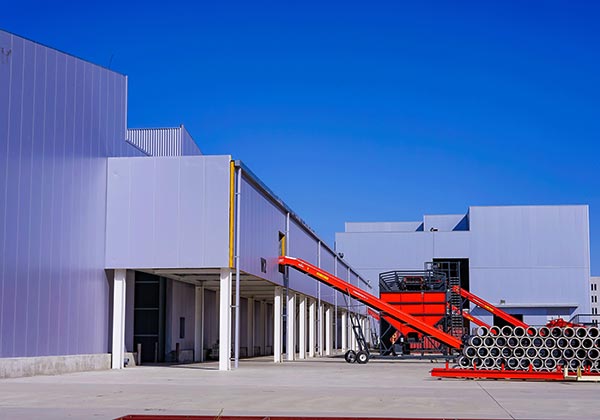
Application scenarios of different thicknesses
- 30mm-50mm thick: Suitable for areas with mild climate, or places where buildings have low thermal insulation requirements, such as garages, tool rooms, etc.
- 50mm-100mm thick: suitable for residential and commercial buildings in cold climate areas, providing good thermal insulation effect and reducing energy consumption.
- 100mm or more: used in industrial buildings, cold storage and cold chain logistics centers that require extremely high thermal insulation performance to ensure stable internal temperature.
Conclusion
The thermal insulation performance of PIR sandwich panels increases significantly with the increase in thickness. Choosing the right thickness not only improves a building’s energy efficiency but also improves indoor comfort. When conducting architectural design and material selection, the thickness of the PIR sandwich panel needs to be reasonably selected based on local climate conditions and building uses to achieve the best thermal insulation effect and economic benefits.
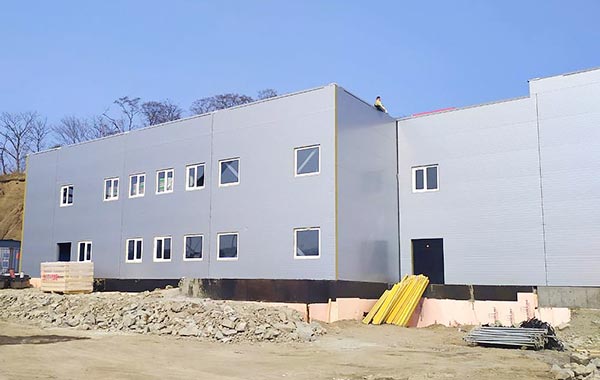
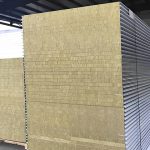
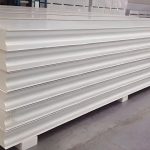
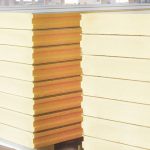

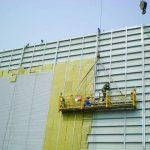

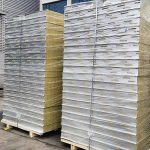
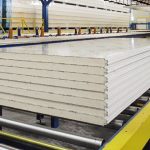
Send us the inquiry form